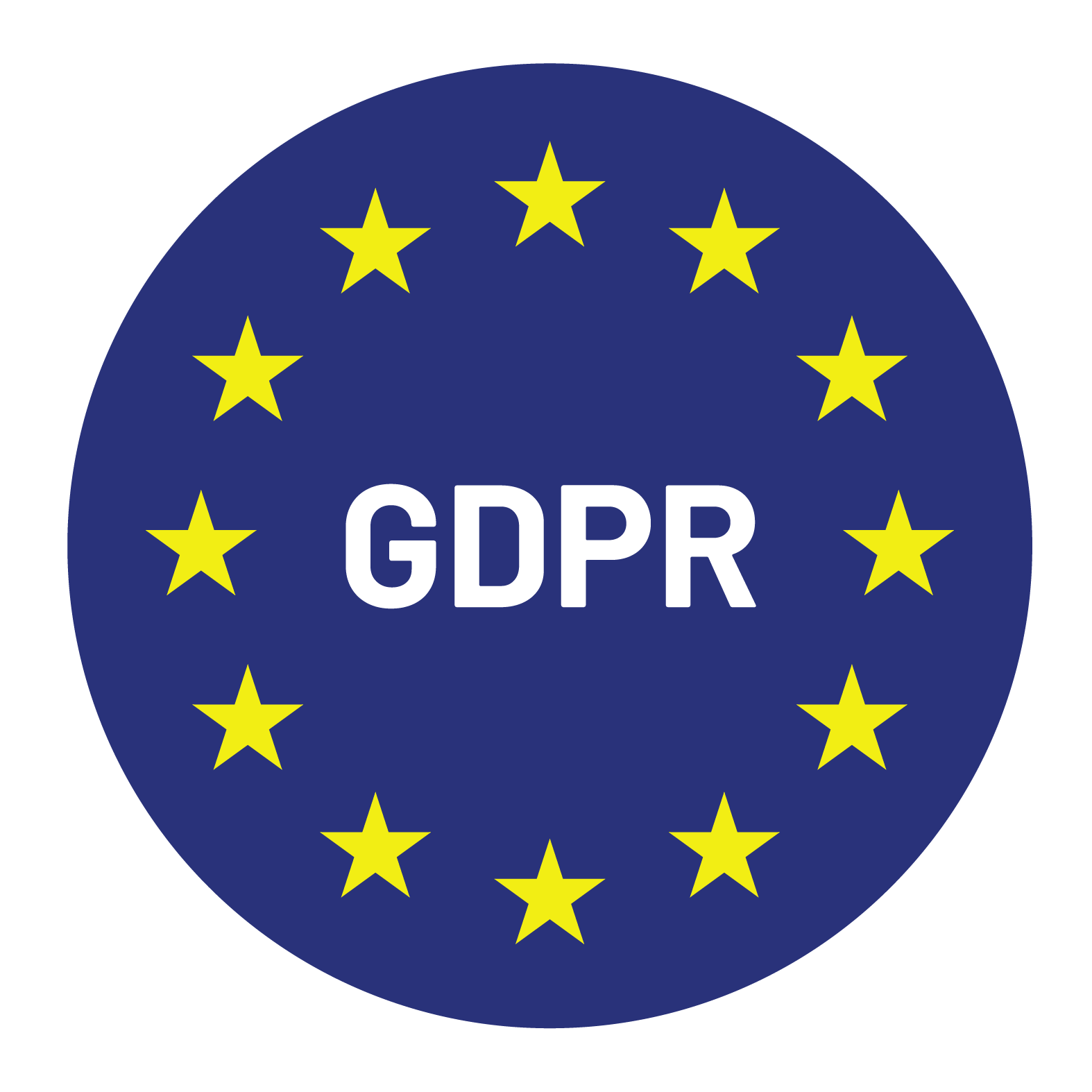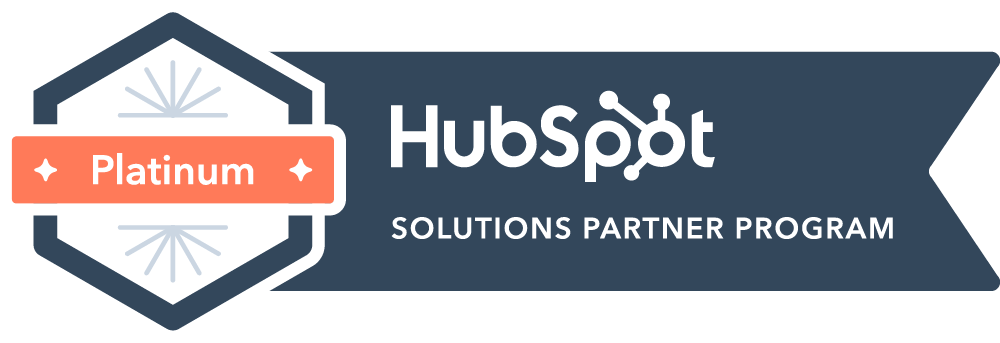

Content Writer for Whistle with multidisciplinary experience spanning over a decade.
Data enrichment is the process of enhancing your existing customer and prospect data with additional information from external and internal sources. This goes beyond basic contact information to include behavioral patterns, technographic details, firmographic insights, and real-time engagement signals that create comprehensive prospect profiles.
In a GTM (Go-To-Market) context, it enables sales, marketing, and RevOps teams to make data-driven decisions, improve targeting, and deliver personalized experiences at scale. The power lies in transforming raw contact lists into actionable intelligence that drives revenue outcomes.
Below, you will learn more about what the top GTM strategies using data enrichment are and how they can boost B2B sales and marketing success.
Enriched data plays a pivotal role in B2B GTM planning by providing a 360-degree view of prospects and customers. It allows organizations to identify high-value opportunities, prioritize outreach, and craft messages that resonate with target personas.
A robust GTM integration strategy ensures alignment across sales, marketing, and RevOps teams. When enriched data is shared across all functions, teams can coordinate campaigns, track engagement, and refine strategies based on accurate insights. This breaks down silos and creates consistent customer experiences.
Mapping buyer personas with enriched data helps organizations understand customer pain points, preferences, and buying behaviors, creating a foundation for hyper-targeted GTM strategies. This evolution enables precise psychographic and behavioral segmentation beyond basic demographics.
Intent data tracks online behavior and engagement signals to identify prospects actively researching solutions. Integrating this data allows GTM teams to focus on high-intent leads, improving conversion rates, and shortening sales cycles.
Advanced intent platforms analyze content consumption signals, research downloads, competitor visits, and solution searches to create intent scores indicating research intensity and readiness to buy.
Best Practices:
Best Tools: Bombora, G2 Buyer Intent, 6sense
Firmographic data (company size, industry, location) and technographic data (technology stack used) help segment audiences for highly personalized campaigns. This ensures GTM teams reach the right prospects with relevant messaging.
Combined data enables precision targeting like “Series B SaaS companies using Salesforce but lacking analytics capabilities,” creating sophisticated segments aligned with ideal customer profiles.
Best Practices:
Best Tools: Clearbit, ZoomInfo, Datanyze
Creating and maintaining up-to-date lead lists is critical for GTM efficiency. Real-time data sync ensures that sales and marketing teams always work with accurate, actionable information.
Smart systems continuously score and rank leads based on changing data, ensuring promising opportunities remain prioritized while preventing outreach to outdated contacts.
Best Practices:
Best Tools: HubSpot CRM, Salesforce, Outreach
Enriched data acts as a single source of truth, fostering alignment between sales and marketing. Shared insights ensure both teams focus on the same high-value targets, leading to more efficient campaigns and improved pipeline quality.
This alignment enables sophisticated lead handoffs with rich context about prospect needs, challenges, and buying signals beyond basic contact information.
Best Practices:
Best Tools: Salesforce, HubSpot, Segment
Using enriched data to personalize campaigns improves engagement and conversion rates. Tailoring content to individual prospect profiles demonstrates relevance and builds trust.
Advanced personalization references specific technologies, company milestones, and industry challenges, creating stronger emotional connections than generic messaging.
Best Practices:
Best Tools: Marketo, Pardot, ActiveCampaign
Account-Based Marketing (ABM) benefits significantly from enriched data by enabling precise targeting of high-value accounts. Enriched profiles support outbound plays, helping sales reps prioritize the right contacts and deliver personalized outreach.
Enriched data transforms ABM from theory to practice by providing organizational intelligence, trigger events, and stakeholder mapping necessary for strategic account development.
Best Practices:
Best Tools: Demandbase, Terminus, Engagio
Trigger-based workflows automate outreach based on real-time prospect actions, ensuring timely engagement. Enriched data enhances these triggers by providing context about the prospect’s company, role, and behavior.
Advanced workflows leverage enriched data for personalized automated responses based on prospect characteristics, transforming generic sequences into valuable experiences.
Best Practices:
Best Tools: HubSpot Workflows, Outreach, SalesLoft
Feedback loops ensure continuous improvement of enrichment processes. Sales and marketing teams can flag inaccurate or missing data, enabling the data team to refine enrichment workflows.
These mechanisms create shared ownership of data quality while turning frontline insights into systematic improvements across the entire enrichment process.
Best Practices:
Best Tools: Looker, Tableau, Data Studio
Progressive profiling collects additional data over time, reducing friction during form fills and maintaining accuracy. This approach ensures GTM strategies evolve with your prospects’ changing needs.
Strategic question prioritization captures valuable information first, while behavioral triggers identify optimal moments for additional data collection.
Best Practices:
Best Tools: Formstack, Typeform, HubSpot Forms
AI can analyze enriched data to provide predictive insights, recommending next-best actions and identifying hidden opportunities. This helps GTM teams prioritize high-value prospects efficiently.
Machine learning algorithms identify patterns that human analysis might miss, creating predictive models for purchase likelihood, optimal timing, and engagement preferences.
Best Practices:
Best Tools: 6sense, Lattice Engines, InsideSales.com
The success of data enrichment initiatives relies on a carefully orchestrated technology stack that seamlessly integrates data collection, validation, and activation across your GTM operations.
E.g. Clearbit, ZoomInfo, LeadGenius
E.g. Salesforce, HubSpot, Segment
E.g. 6sense, Lattice Engines, InsideSales.com
E.g. Outreach, SalesLoft, HubSpot Workflows
Together, these technologies create a unified ecosystem that transforms raw data into revenue-generating insights and automated actions.
As B2B markets evolve, data enrichment is becoming smarter and more predictive, shaping the future of GTM strategies. Leveraging AI, real-time insights, and cross-team collaboration, companies can achieve hyper-targeted campaigns and more efficient sales execution.
AI-Powered Predictive Enrichment: Predictive insights help guide both sales and marketing decisions, allowing teams to anticipate customer needs and prioritize high-value opportunities.
Real-Time Data Integration: Enriched data updates immediately in your CRM and CDP, enabling agile execution of your GTM strategy and faster decision-making.
Enhanced Personalization and Hyper-Targeting: Companies can deliver highly personalized experiences at scale, improving engagement, conversion rates, and customer satisfaction.
Collaboration Across Teams: Sales, marketing, and RevOps can work together on a single source of truth, ensuring alignment and consistency across all GTM initiatives.
Data enrichment is no longer optional in B2B GTM strategies. By integrating high-quality, enriched data across sales, marketing, and RevOps teams, businesses can:
Adopting a data-first mindset ensures your GTM strategy is agile, precise, and scalable. Start small, test, and gradually scale enrichment initiatives for maximum impact.
What is the best GTM data enrichment example in B2B? A SaaS company using enriched firmographic and intent data to prioritize accounts and improve ABM campaigns.
How can enriched data improve ABM campaigns? By providing deeper insights into account structure, buyer behavior, and intent signals, it enables hyper-personalized outreach.
Which KPIs should I track for GTM data enrichment? Lead quality, conversion rates, sales cycle length, engagement metrics, and ROI from enrichment-driven campaigns.
How do I integrate data enrichment with my existing CRM or CDP? Most platforms offer native integrations or APIs. Ensure mapping is consistent, and test workflows before going live.
What mistakes should be avoided when enriching GTM data? Misaligned teams, outdated data, unclear objectives, weak value propositions, and failure to track enrichment ROI.


© Copyright – Whistle 2023